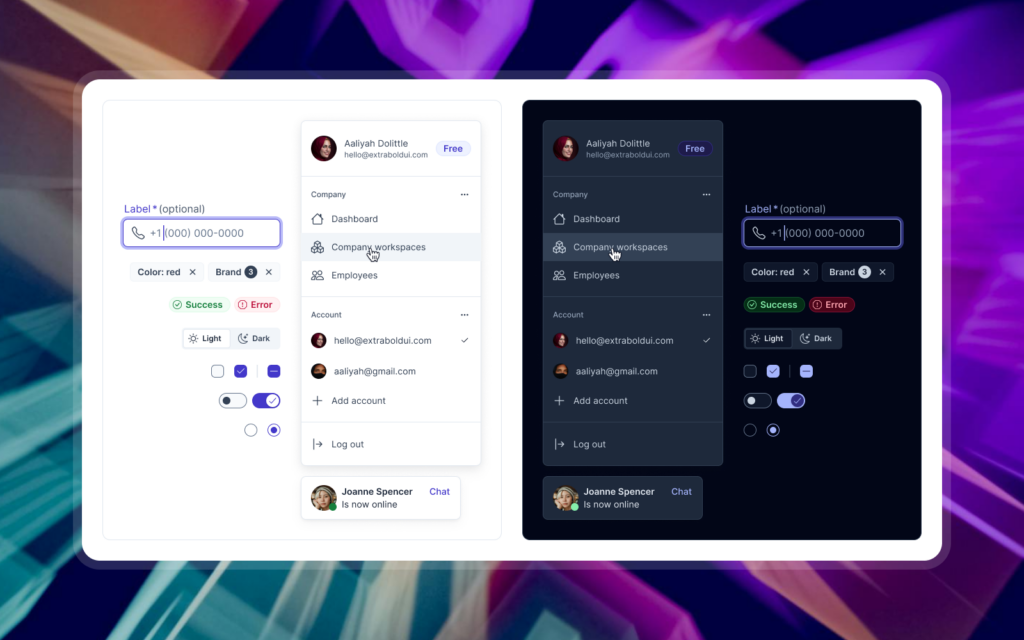Design systems continue to evolve, shaping the way teams collaborate, innovate, and scale their products. As we move into 2025, several trends are emerging that will redefine how design systems are created and used. Here are the key trends to watch:
AI-Driven Design Automation
Artificial intelligence is becoming an integral part of design workflows. In 2025, we can expect design systems to incorporate AI-powered tools that automate repetitive tasks, such as generating components, creating accessibility-friendly designs, or predicting design inconsistencies. These tools will help teams save time and focus on more strategic, creative work.
Deeper Integration Between Design and Development
The gap between design and development continues to close. Modern design systems will feature even tighter integrations with codebases, enabling real-time synchronization between Figma components and production code. This seamless connection ensures consistency and reduces handoff errors.
Focus on Accessibility and Inclusivity
With a growing emphasis on building inclusive products, accessibility will take center stage in design systems. Expect to see pre-built components with built-in accessibility features, comprehensive documentation for inclusive design practices, and tools to test and validate accessibility at every stage of the workflow.
Scalable Design Tokens
Design tokens are becoming the backbone of scalable design systems. In 2025, the use of advanced token systems will expand, enabling more dynamic theming, cross-platform consistency, and easier brand updates. Teams will rely on design tokens to manage complex design variations efficiently.
Community-Driven Design Systems
As design systems grow in popularity, community contributions will play a larger role. Open-source design systems and shared repositories will foster collaboration across organizations. This trend will lead to faster innovation and the sharing of best practices, benefiting the entire design community.
Personalized and Context-Aware Design Systems
Advancements in technology will enable design systems to become more personalized and context-aware. Teams will create systems that adapt to different user preferences, environments, or devices, making products more intuitive and user-friendly.
Increased Adoption of No-Code and Low-Code Tools
No-code and low-code platforms are democratizing design and development. In 2025, design systems will increasingly cater to these platforms, offering pre-configured components and workflows that empower non-technical users to build functional, professional-grade interfaces.
The future of design systems in 2025 is bright and dynamic, with advancements in AI, accessibility, and scalability leading the way. These trends promise to enhance collaboration, innovation, and inclusivity in product development.
For teams looking to stay ahead, investing in a robust foundation is crucial. Extrabold UI provides the tools you need to build and scale a modern design system tailored to your needs. Discover Extrabold UI and prepare your team for the future of design systems.

